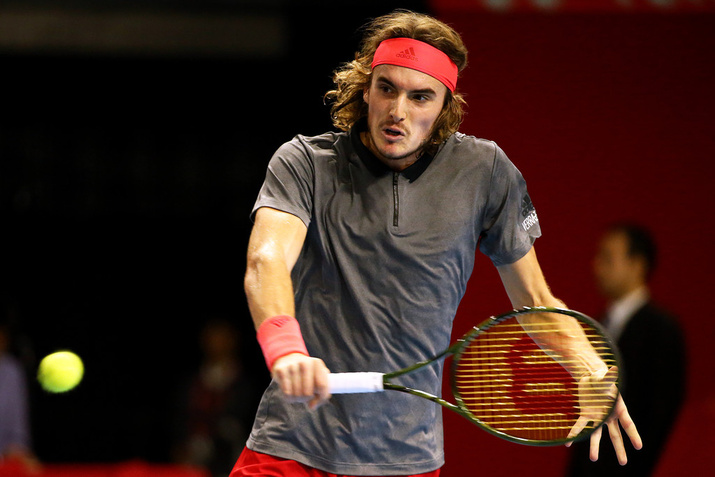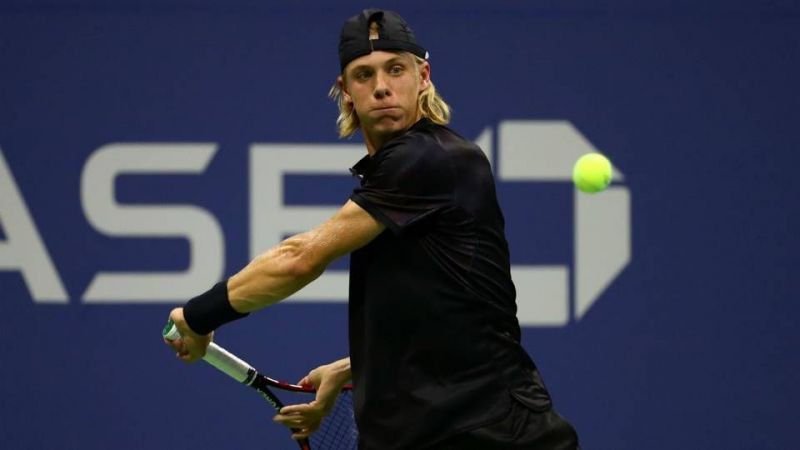That is not quite true. Safin did drill into that shot in the AO 2005 semifinal. Djokovic in the 2015 USO final too. Doesn't happen nearly as often as with Nadal because they are not lefties. But the question isn't even about whether Fed's shot breaks down. Even if it doesn't (and it doesn't break down very often, no Sampras backhand on clay definitely), it still wouldn't enable him to hit backhand passes with feet astride and out of court the way both Murray and Djokovic can because the one hander just requires more footwork and preparation. On both on the run passes and returns, Murrovic do enjoy an advantage over Fed. Sure, he can hit more spectacular rally winners than them which biases the mind but in terms of just keeping up in neutral on the rally too, the two hander is more reliable. You said comparison with Djokovic is not apt, ok compare Djokovic and Wawrinka both vis a vis Nadal. Djokovic clearly fares better on clay notwithstanding the one Wawrinka win on AO which again biases those who are already looking for evidence to confirm that the one hander is better (and nevermind Djokovic beating prime Nadal at AO himself). Not only is the two hander easier to teach to kids, but it's just so versatile that in any case, the upside of a moonshot preference for the one hander is not enough to justify coaches teaching that instead of the two hander to kids. Yes, it kills diversity in tennis. Well, then roll the clock back, take away poly and have a mix of all sorts of court speeds again and you will see more diversity of technique as those with somewhat non-standard technique also get to reach the higher levels of the game.




